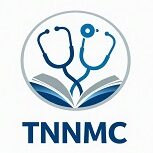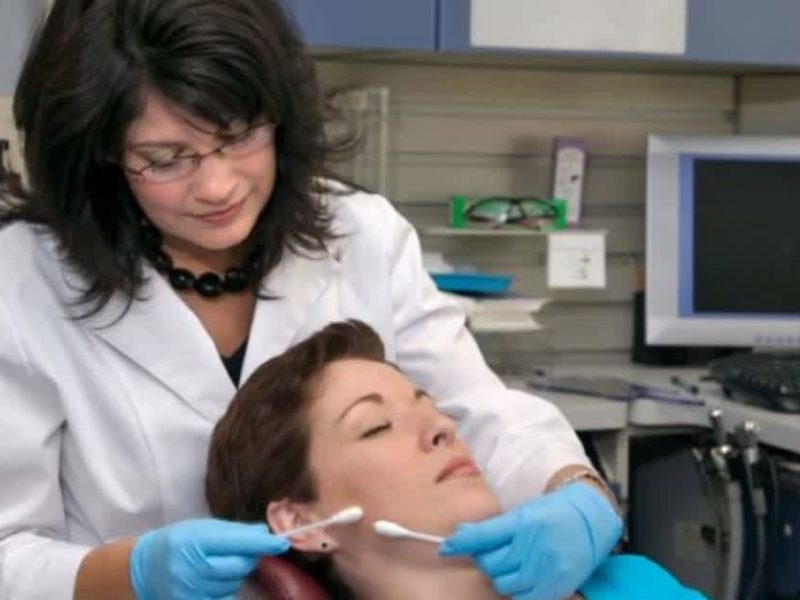The nursing profession offers abundant opportunities for career advancement. Although a bachelor’s degree is not typically required for entry-level nursing positions, many nurses choose to further their education in pursuit of advanced career options. This commitment to lifelong learning ensures continuous growth and professional development within the field.
Numerous nursing professionals embark on their advanced degrees as nontraditional students, having dedicated years to full-time work prior to pursuing further education. Nearly 87% of students enrolled in RN-to-BSN programs are 26 years old or older, according to a survey from the National League for Nursing.
Many individuals begin their journey in the nursing profession by obtaining certification or licensure in a year or less. They typically start as a certified nurse assistant (CNA) or licensed practical or vocational nurse (LPN/LVN). Alternatively, some registered nurses choose to pursue an associate degree in nursing (ADN), which enables them to obtain licensure in two years instead of the traditional four.
Ultimately, pursuing a higher degree can yield improved compensation and enhanced employment opportunities. Notably, numerous hospitals and healthcare establishments actively seek nurses who hold a Bachelor of Science in Nursing (BSN) degree.
Furthermore, nurse practitioners (NPs), who are advanced practice nurses, are required to obtain a graduate degree for licensure. Those who choose this route have the option to pursue either a master of science in nursing (MSN) or a doctor of nursing practice (DNP) degree.
For nurses contemplating a return to academia, this comprehensive guide provides valuable insights and recommendations regarding career prospects and financial support.
Benefits of Returning to Nursing School
Nurses who choose to further their education by returning to school can unlock a multitude of opportunities and acquire specialized knowledge in their areas of interest. Fortunately, the availability of accelerated and bridge programs has made it possible for students to expedite their degree attainment process, ensuring a swift transition into their desired careers.
An increasing number of employers seek job candidates with higher levels of education. The American Association of Colleges of Nursing (AACN), for example, recommends that registered nurses obtain a bachelor’s degree to prepare for the complex tasks they will encounter in the field. By obtaining an MSN degree, nursing professionals can unlock a world of career opportunities in specialized fields like neonatal or psychiatric care. Expand your horizons and explore the vast potential of nursing with an MSN.
Returning students are presented with a wide array of program options, affording them ample opportunity to choose the path that best suits their needs and aspirations. The U.S. now boasts nearly 1,000 BSN programs and about 2,000 graduate programsaccording to the AACN.
Job and Salary Outlook for Nurses by Degree
By returning to school, nurses can access higher salaries and more stable job prospects. Licenced practical and vocational nurses, who do not need to complete a full degree to obtain licensure, earn annual salaries of about $47,480 per year according to the Bureau of Labor Statistics (BLS). The BLS projects roles in this profession to grow by 11% between 2018 and 2028.
In comparison, RNs made a median salary of $73,300 in 2019, and advanced practice nurses made $115,800 that same year, according to the BLS. The BLS projects the number of advanced practice nurses to increase by 26% between 2018 and 2028 — much faster than roles for RNs, which the BLS projects to grow by 12% in the same time period.
Online Learning for Adults Returning to Nursing School
Many nursing professionals may dismiss the idea of returning to nursing school due to concerns about the time-consuming and demanding curriculum, especially for those who plan to work while studying. However, prospective nursing students should consider the benefits of online learning, which can help them overcome these challenges.
Online programs often offer an asynchronous format, allowing students to watch lectures and participate in class discussions at their own convenience. Some classes may also include synchronous components, such as evening lectures, which provide opportunities to connect with peers and professors. Even with synchronous requirements, universities design online programs specifically for individuals who need flexible learning schedules to accommodate their jobs and other responsibilities.
In addition to flexibility, online nursing programs often come with financial benefits. They tend to be more affordable than on-campus degrees and save students both money and time on commuting costs.
It’s important to note that online nursing programs typically require students to complete clinicals and internships at a healthcare facility. However, students can often find local opportunities to fulfill these requirements.
Overall, nursing professionals should reconsider the potential advantages of pursuing online education as it offers a flexible, cost-effective, and accessible pathway to further their nursing careers.
Transferring Credits as a Returning Student
If you’ve already completed some college education, you may have the option to transfer credits to your new program. This can make your degree more accessible in terms of both length and cost. By transferring credits, you can reduce the number of courses you need to complete, allowing you to take a lighter course load or graduate more quickly.
Most colleges and universities allow students to transfer up to 60 credits towards a bachelor’s degree. This is particularly common for learners who already hold an associate degree or have completed some college education. For example, returning students with an ADN (Associate Degree in Nursing) might be able to earn a bachelor’s degree in half the time. Additionally, many institutions permit graduate students to transfer up to 18 credits.
To find out which of your previous courses may count as transfer credits, you can consult the student handbook and seek guidance from an advisor. Generally, it is easier to transfer credits from general education and foundational health courses compared to more advanced subjects. It’s important to note that you can typically transfer your prior credits only if you graduated from an accredited program.
It’s worth mentioning that each school has its own specific requirements regarding transfer credits. Therefore, it is advisable to check with the advisor at your prospective school to learn more about their program’s guidelines.
College Credit for Work Experience
Recognizing the unique needs of nursing professionals, numerous educational institutions acknowledge that students often possess knowledge gained through real-world experiences rather than traditional classroom learning. As a result, many colleges and universities offer the opportunity to earn credit for work or life experience.
These credits encompass a range of skills acquired through workplace training, volunteer work, civic engagement, or military service. Additionally, many programs take into account whether incoming students already hold professional licensure or certification. Such experience-for-credit systems offer distinct advantages for adults seeking to return to education after a period of employment.
Methods of Assessing Prior Learning
Prior learning assessment (PLA) is the process through which colleges and universities evaluate the allocation of life and experience credits.
For many nurses returning to school, they can earn credits through their LPN/LVN or RN licensure, as well as their work experience. Additional credit opportunities may arise from volunteer work in the healthcare industry or participation in training programs like CNA or LPN/LVN educational programs. The specific amount of credit received varies depending on the institution, but typically, RNs must possess a minimum of two years of work experience to be eligible for PLA credits.
To fully benefit from the PLA system, degree-seekers must invest effort. Acquiring credits through PLA is not as simple as filling out a form; students often need to submit a portfolio, pass an exam, or provide alternative evidence of their experience.
However, learners generally find PLA to be a valuable option. According to a 2020 study, students perceive PLA as flexible and affordable, leading to significantly higher graduation rates. The PLA option is strongly associated with degree completion. With PLA, students can expedite their graduation timeline or take a lighter course load, effectively alleviating pressure and stress.
How PLA Credits Transfer
Students can apply for PLA credits in a few different ways. First, they can create and submit a portfolio that shows their mastery of a subject for the Council for Adult and Experiential Learning (CAEL).
Students can also take an exam that evaluates their knowledge of a specific subject. Exams like CLAP and DSST can help students earn college credit. Finally, students can apply for credits through the American Council on Education (ACE), an organization that evaluates courses.
Each college and university offers different PLA policies. Some institutions just waive course requirements, although the large majority awards credits to students, according to an ACE report. Remember to check with the advisors at your prospective schools to learn about their prior learning policies.
Paying for School as a Returning Student
Many nurses face the challenge of the cost when considering going back to school. Graduate degrees for RNs can seem daunting, especially if they are still paying off their student loans. However, just like undergraduate students, those pursuing MSN and DNP degrees have options for funding, such as scholarships, grants, loans, assistantships, fellowships, and other forms of financial aid.
There are numerous online resources available to help you plan and pay for the expenses of graduate school. This comprehensive guide provides a breakdown of potential costs associated with nursing schools, empowering you to better navigate the financial aspects of pursuing your degree.
If you’re looking for affordable BSN and MSN programs that align with your budget, you can find rankings to guide your decision-making process. Additionally, this detailed overview offers insights into various types of financial aid, including scholarships, grants, work-study options, and loans.
Remember, with the right resources and financial planning, you can make your educational aspirations a reality.
Scholarships for Adult and Mid-Career Nursing Students
Universities and nursing organizations offer scholarships to undergraduate and graduate students. Some scholarship funds specifically benefit applicants attending graduate school.
Scholarships might also specify that candidates specialize their education in a certain area, such as nursing education or administration. The list below offers five potential scholarships for adult and mid-career students.
A Comprehensive Guide to Completing the FAFSA
Maximizing Your Nursing Career: Opportunities, Challenges, and Skills
Gerontology vs. Geriatrics: Understanding the Differences and Their Impact



